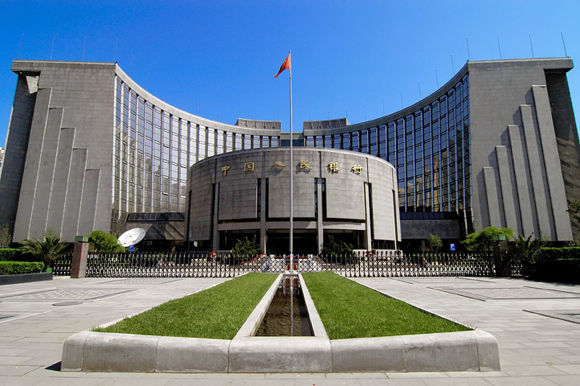
Bank of Canada Governor David Dodge has jumped on the bandwagon calling for the revaluation of the renminbi’s pegged exchange rate of 8.28 against the U.S. dollar to a new, stronger level. (7 to 1, for example.) There’s a better way to skin this cat.
Contrary to the chorus on the bandwagon, the nominal renminbi-dollar rate is not the problem. China’s has both an exchange-rate policy — the peg — and a domestic monetary policy. That’s the problem. Since 2001, China’s favourable balance of payments has resulted in a large increase in the Bank of China’s foreign reserves. In an attempt to control the growth of base money resulting from the increase in foreign reserves, the Bank of China has sold domestic bonds. This is the domestic monetary policy at work. As a result, the growth in China’s base money has been slower than if there had been no domestic monetary policy or sterilization of foreign reserve inflows. The upshot has been modest deflationary pressures, which have put a lid on the renminbi’s real exchange rate appreciation (the nominal rate adjusted for inflation in tradeable goods and services).
If China desires a truly fixed exchange rate — and it clearly does — then it’s high time it stopped sterilizing foreign exchange inflows and adopt an orthodox currency board rule. By doing so, changes in base money would be driven solely by changes in China’s balance of payments and net foreign reserves. In consequence, China’s base money growth and inflation rate would be more rapid, and the renminbi’s real exchange rate — the prices of China’s tradeable goods and services versus the prices of their U.S. counterparts — would increase.
By adopting an orthodox currency-board rule, China’s inflation would be allowed to adjust automatically and validate its fixed nominal exchange rate. It would also put an end to the whining about China’s “deflation” and its “super-competitive” exchange rate.
Author Steve H. Hanke

0 responses on "Solving China’s Currency Woes"